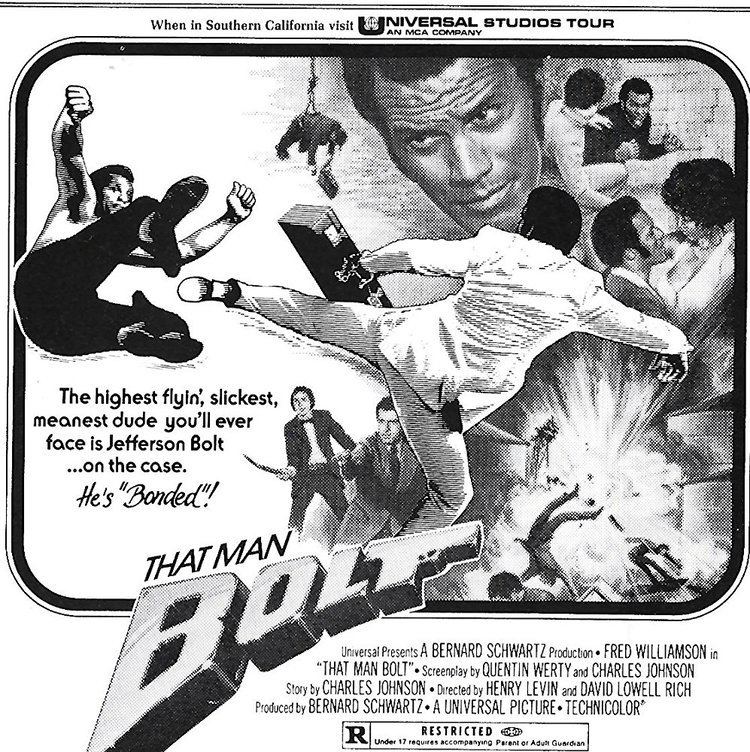Galaxy of Terror (1981) by #BruceDClark
w/#EdwardAlbert #ErinMoran #RayWalston #RobertEnglund #SidHaig"ALIEN was the beginning… Hell Has Just Been Relocated!"
"It's always midnight in space."#RogerCorman#Horror #SciFi#NotQuiteClassicCinema pic.twitter.com/QZMmfNcZsK
— Angus Kohm (@AngusKohm) June 20, 2020
I remember when Alien hit the theatres back in 1979. Ever since I first saw Star Wars (1977) I would check the movie listing in the newspaper every day. I think I mainly wanted to reassure myself that Star Wars was still playing, because I wanted to see it again (and again). But I also loved movies in general, so maybe I was legitimately interested in knowing what was new. The iconic ad for Alien, featuring the egg with green light coming out of it and the often imitated (and sometimes parodied) tag line “In Space No One Can Hear You Scream” really sparked my imagination. I wanted to see this movie but, unlike Star Wars, it was not rated as appropriate for kids. Home video was still only a futuristic dream, so, I had to wait for Alien to be shown on television. Needless to say, I enjoyed it very much.
Fast forward a couple of years, and home video exploded onto the scene. Suddenly, I could rent movies like Alien and see them uncut (as opposed to edited for television). What was even better, I could rent and watch a whole bunch of other movies, that I’d never heard of, that were like Alien. Titles like Xtro (1982), The Intruder Within (1981) Creature (1985), Alien Prey (1977), The Alien Dead (1980) and Alien Contamination (1980) were jumping off the shelves at me. But one of the most intriguing movie boxes I remember was Galaxy of Terror (1981).
I’m honestly not sure if I ever rented it back in the day. Sometimes my friends would see a movie without me, and then I would somehow never get the chance to see it. In those early days, renting movies was like going to a movie. You almost never did it alone. It was a social activity. Eventually that changed, and by the time I got to university I was renting movies by myself every day. But I digress.
All of those Alien inspired movies started to look alike after a while, and they all kind of blurred together in my memory. So, after all these years, I wasn’t sure which one Galaxy of Terror was, or if I’d ever even seen it. Last Friday I decided that it was time to find out.
I had heard a few people say that they felt that Galaxy of Terror was the best of the Alien ripoffs, and after watching it last week I’d be inclined to agree. of course, I’d have to re-watch many of the other films before I could ever truly make such a definitive statement. But I can say that I enjoyed Galaxy of Terror very much. It’s more than just an Alien ripoff. It’s more like Alien meets Forbidden Planet (1956). And considering the low, low budget, the production design is really quite amazing.
One of the production designers, and the 2nd Unit Director, of Galaxy of Terror was James Cameron. Yes, the guy who made The Terminator (1984), Titanic (1997) and, of course, Aliens (1986) the much loved official sequel to Alien. It seems quite likely that when making (or deciding to make) Aliens, Cameron would have been influenced, and inspired, by his experience of having worked on Galaxy of Terror.
Every review that I have read of Galaxy of Terror has made reference, in a positive way, to one scene in particular; a scene that involved what could be described as a giant space worm (or maggot) molesting (or raping) one of the female crew members (played by Taaffe O’Connell, who was also in New Year’s Evil (1980), another film that I quite like). This “space worm rape scene” is quite something, and fairly unique in the annals of #NotQuiteClassicCinema. Not since John Waters gave us a scene in Multiple Maniacs (1970) in which Divine is sexually assaulted by a giant lobster has there been anything quite like it. I won’t try to describe either of these scenes in detail. Let’s just say that if they sound like something that would entertain you, then they probably will.
Genre stars Sid Haig and Robert Englund also appear in Galaxy of Terror and they are both very good. It’s surprising how big Robert Englund’s part is, considering that he had yet to become famous as Freddy Krueger. Fans of either of these two actors should definitely check this movie out.
Galaxy of Terror (1981) made for a wonderfully nostalgic #FridayNightAtTheHomeDriveIn, although truth be told, I’m still not sure if I’ve seen this movie before or not. Some moments were very familiar, but that could be because I saw the trailer, or very similar moments in other movies that ripped off – I mean paid homage to – Alien. Either way, I’ve seen enough movies of this type to feel great nostalgia even when watching one that I’ve never seen before. And that’t what #NotQuiteClassicCinema is all about.



